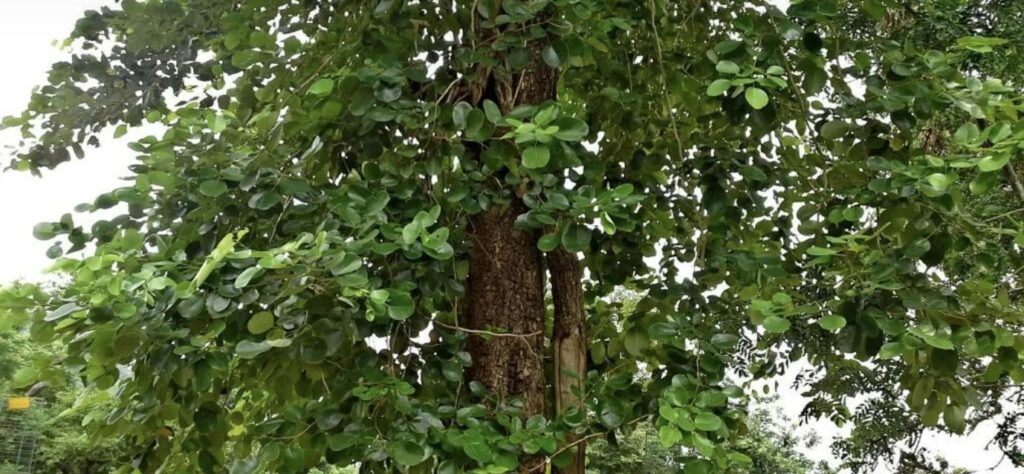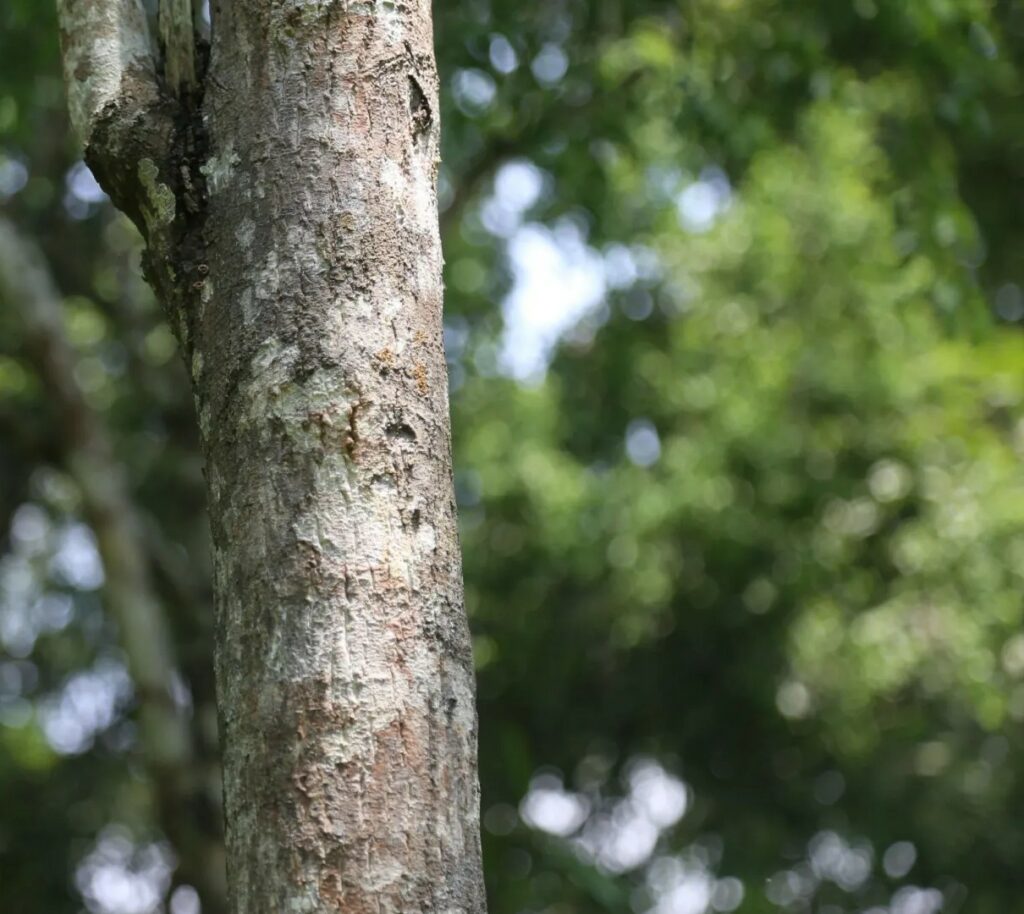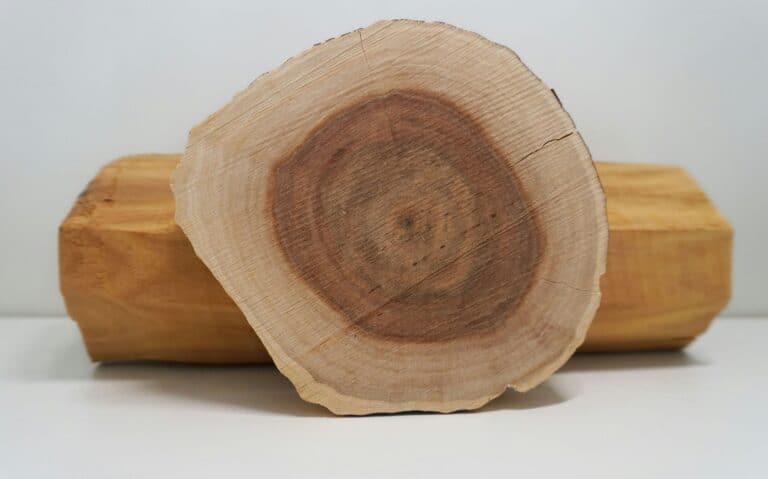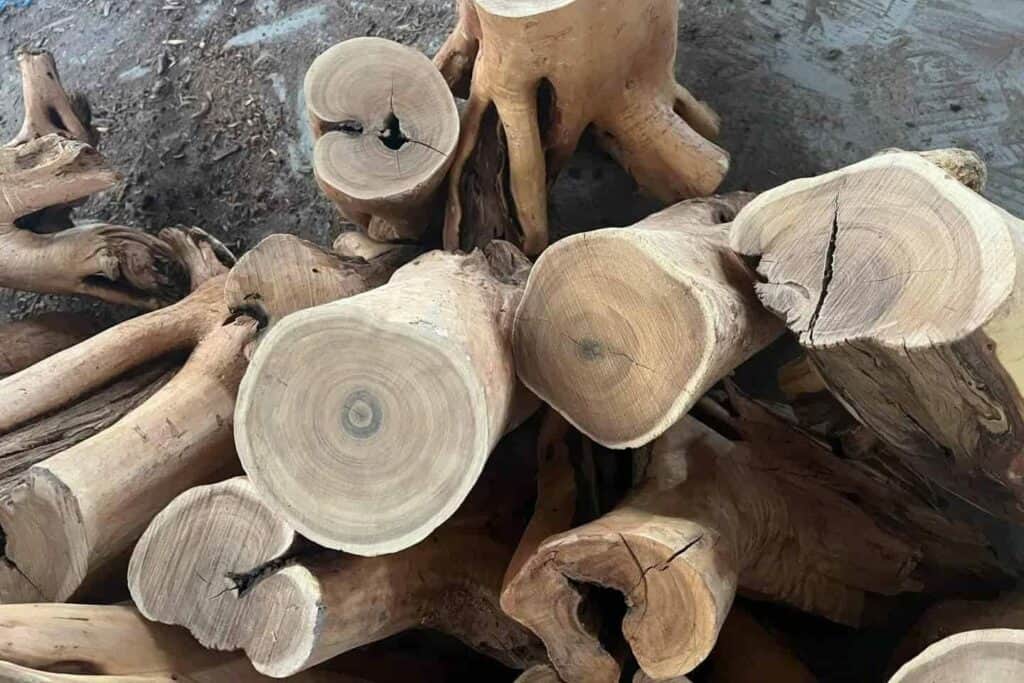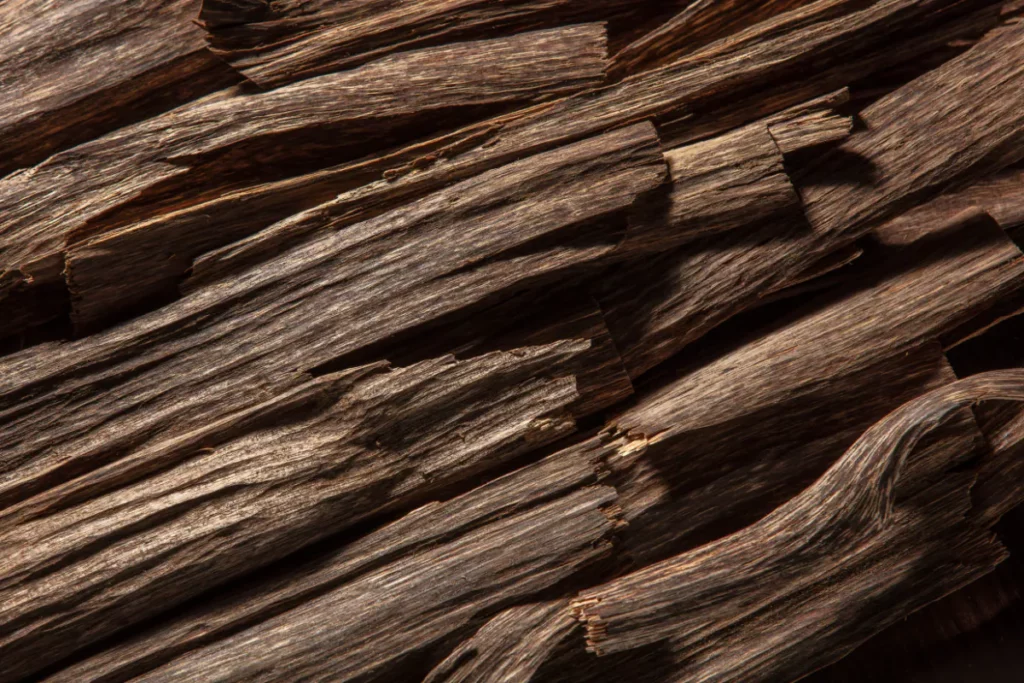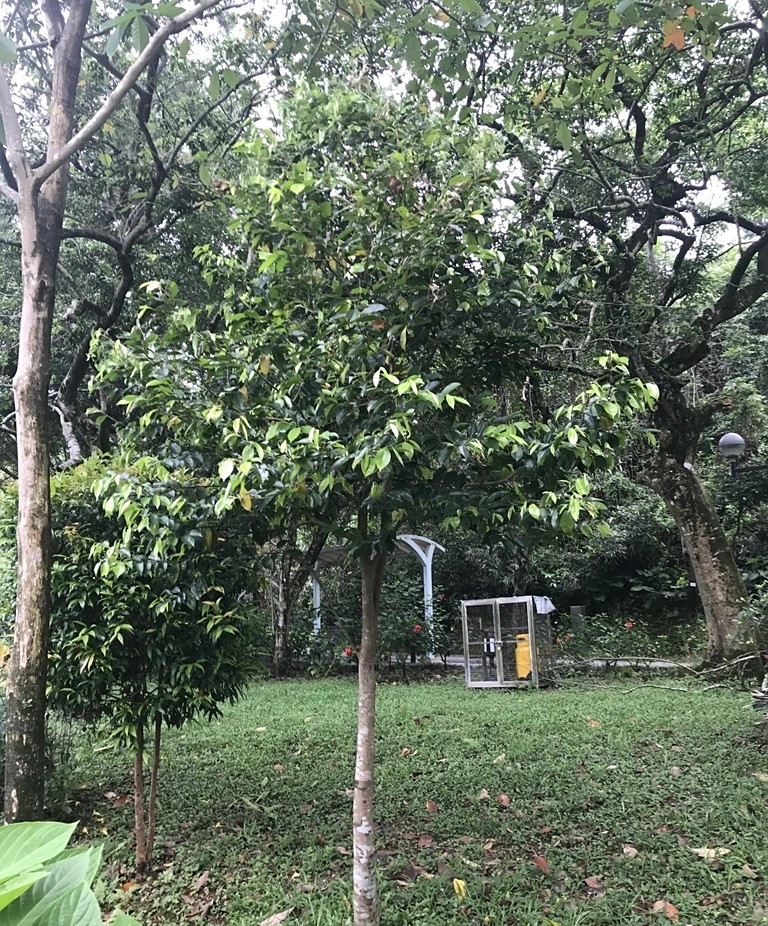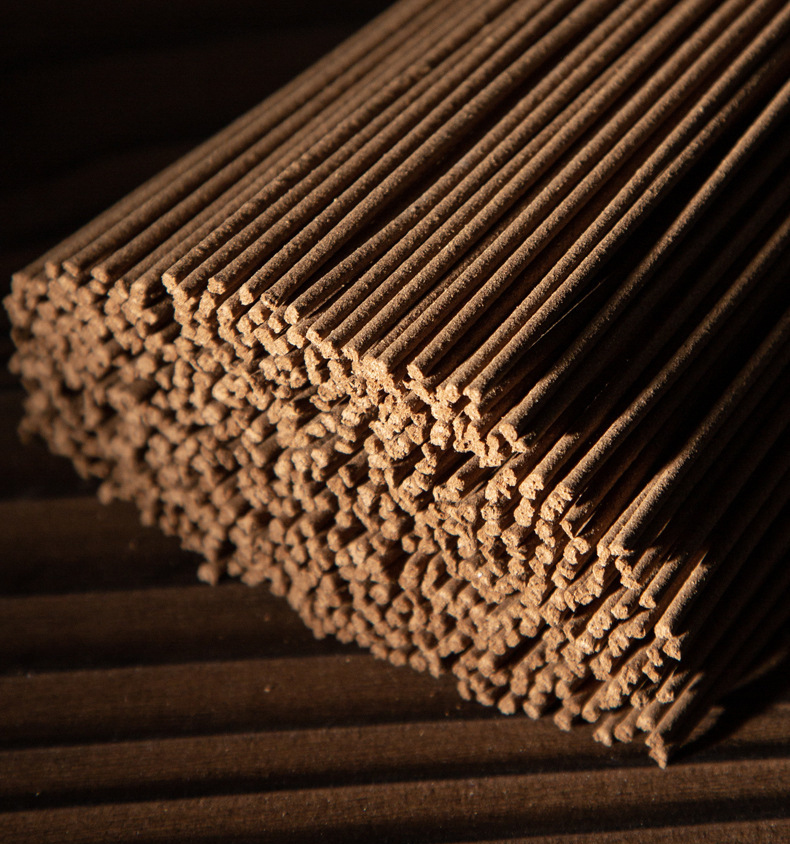The History of E Li Zhang Zhong Xiang
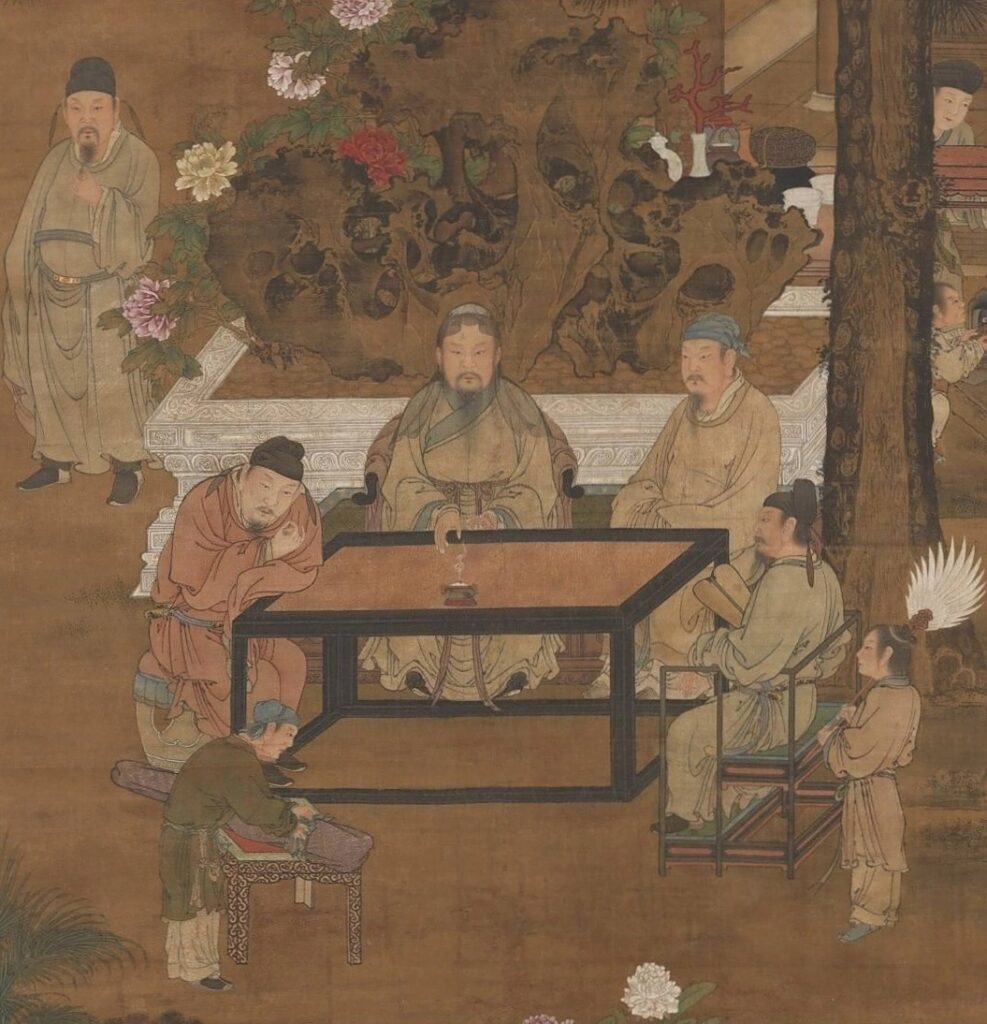
The Chinese have an innate love for fragrance, with elegance flowing through their very bones. In ancient times, people would burn sleep-inducing incense in their bed chambers at night. This type of incense was called “Xi Xun” (evening incense), also known as “Zhang Zhong Xiang” (chamber incense). The Northern Song poet Huang Tingjian recorded in his “Playful Response to the Gift of Jiangnan Chamber Incense in Six-Character Verses”: “Conch shells cut from Kunlun’s ear, fragrant wood shavings with partridge patterns. The turtledove calls for rain on long days, behind curtains sleeping ducks in spring leisure.”
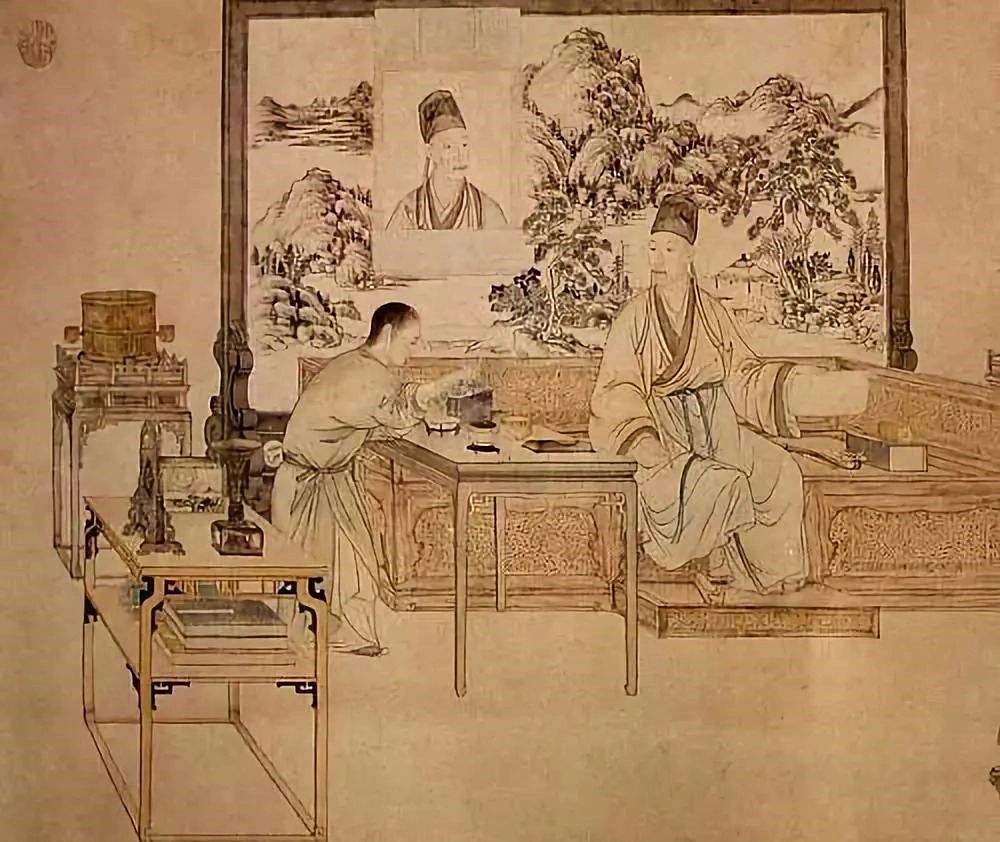
Ancient Chinese burned incense to enjoy elegance, and it was also a symbol of status for the imperial court and nobility!
Throughout history, China has produced numerous famous incenses, each with its own unique charm, creating wonderful experiences in the curling smoke.
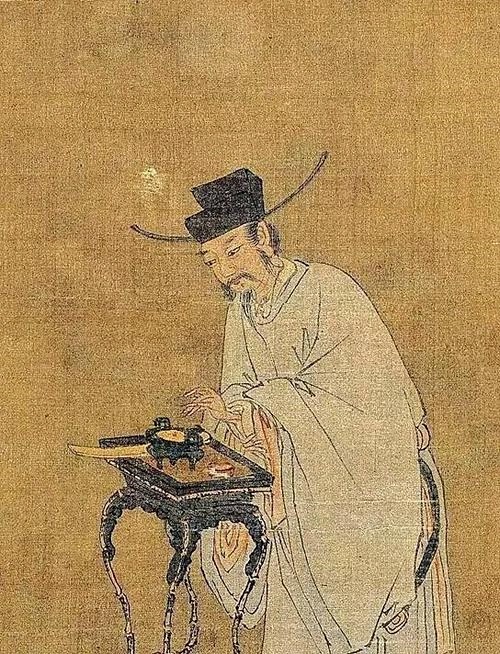
According to legend, this incense was first mentioned in the Tang Dynasty text “Nanbu Yanhua Ji – Chamber Incense” by Feng Zhi. “The Jiangnan Lord Li’s chamber incense method involves steaming agarwood with E Li pears.” E Li Zhang Zhong Xiang was created by Li Yu with either Empress Zhou Ehuang or Empress Xiao Zhou, representing the enduring affection between husband and wife. One version says it was lovingly crafted by Li Yu for Zhou Ehuang, another claims it emerged from Li Yu’s passionate relationship with Xiao Zhou. But regardless of the version, it was always personally created by that poet-emperor who excelled at everything except being an emperor.
The most detailed documentation appears in the Ming Dynasty text “Xiang Cheng” by Zhou Jiazhou, with the version closest to the original recipe being: “One liang of powdered agarwood, one qian of sandalwood powder, ten pears. Carve out the core of the E Li pears to create a vessel-like cavity, fill with the incense powder, seal with the pear top using a toothpick, steam three times, remove the pear skin, grind and mix evenly, store for aging before burning.”

Traditional incense-making follows Traditional Chinese Medicine principles, emphasizing “nurturing the spirit through fragrance.” Wild red roses are added to the formula to moderate the medicinal properties and add floral sweetness. When lit, the smoke rises slowly, dispersing fragrance quickly and evenly, even permeating clothing and hair with subtle lingering scent. A single incense stick releases an elegant, enduring aroma with the natural sweetness of pear juice. With each breath, it regulates qi and nurtures the spirit, as if transporting one to the refined and elegant Southern Tang court.
The fragrance is serene, sweet, fresh, and natural. Upon first encounter, it carries the crisp scent of pear juice. The agarwood gradually releases honeyed sweetness. In daily life, it offers benefits including qi cultivation, mental calming, energy regulation, and beauty enhancement. Its soothing scent relaxes the mind, and its lingering presence promotes restful sleep and stress reduction. No wonder it has been cherished through millennia and beloved by literati and nobility – even Zhen Huan praised it as “extremely sweet and fragrant.”
On quiet nights, lighting a stick fills the room with fragrance – half earthly smoke, half pure joy, as if witnessing Li Yu’s spring flowers and autumn moon. Even incense lovers may not have experienced all varieties. And newcomers to incense may still be searching for their preferred, suitable fragrance.
In ancient Chinese life, chamber incense was a common sleep aid. This incense called “Xi Xun” or “Zhang Zhong Xiang” attracted countless literati with its unique charm. According to legend, E Li Zhang Zhong Xiang first appeared in the Tang Dynasty text “Nanbu Yanhua Ji – Chamber Incense” by Feng Zhi. Created by Li Yu with Zhou Ehuang or Xiao Zhou, it represented the couple’s enduring affection.
E Li Zhang Zhong Xiang has a unique aroma – sweet and sour yet elegant, with fruit notes that are sweet but not cloying, fresh and natural, accompanied by subtle medicinal notes that aren’t heavy. When burned, it’s extremely pleasant and refreshing. The honeyed sweetness of agarwood blends with the crisp pear fragrance, creating lasting appeal.
This incense has calming and sleep-inducing properties, soothing emotions and reducing stress, allowing physical and mental relaxation after exhaustion. Suitable for rest and meditation, it brings peaceful happiness. Lighting one stick fills the entire space with fragrance, creating tranquil beauty. In ancient Chinese literature, E Li Zhang Zhong Xiang became a symbol of romance and warmth, a tool for expressing emotions.
Su Shi exclaimed in his poem “Waking from Sleep”: “A pillow of clear breeze is worth ten thousand coins.” He believed sleep not only restored the spirit but provided unique healing comfort for the soul. In letters to friends, he mentioned “health cultivation requires no other technique – sleeping alone without thoughts naturally restores spiritual energy.”
Modern noisy urban life needs this tranquility within movement even more.
One of the most effective and simple methods is using incense sticks.
Incense promotes restful sleep, relaxation, fatigue reduction, air freshening, insect repelling, bacteria killing, moisture removal, mold prevention, and health benefits.
A burner of E Li Zhang Zhong Xiang fills clothes with fragrance, enters the heart richly, and lingers long in dreams.
E Li Zhang Zhong Xiang is said to be lovingly crafted by Southern Tang Emperor Li Yu for Empress Xiao Zhou.
A wisp of incense smoke brings instant peaceful sleep. On restless summer nights, friends all say burning this small coil incense brings truly restful sleep!
how to make incense of "E Li Zhang Zhong Xiang"?
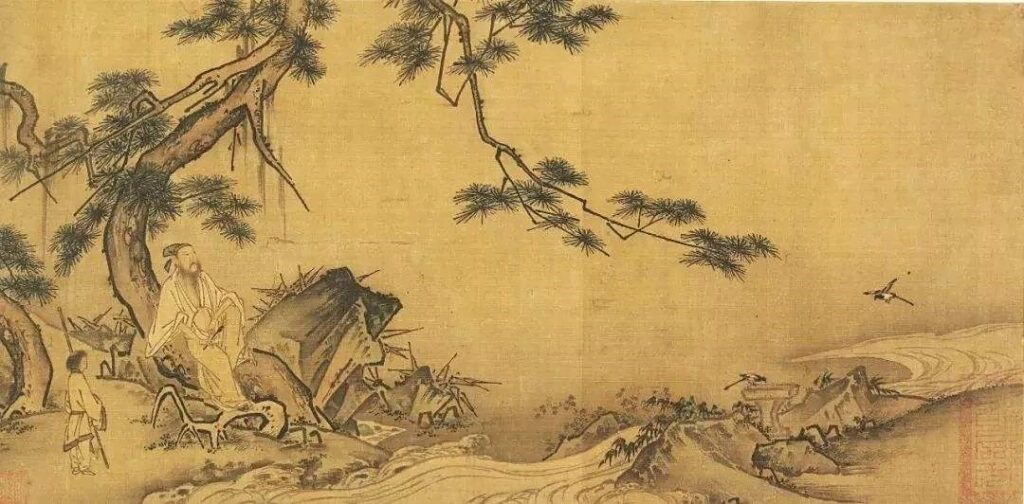
E Li Zhang Zhong Xiang is not just a refreshing fragrance but showcases ancient people’s creative ingenuity. If you want to immersively experience this unique aroma, carefully read this article and join HMMA ART in crafting your own E Li Zhang Zhong Xiang.
According to records, “E Li Zhang Zhong Xiang” has two methods:
First: “Finely chop one liang of agarwood, add juice from ten E Li pears, place in silver vessel, steam three times until pear juice dries, then use.” This method uses heat to infuse the pear’s sugars and fruit fragrance into the agarwood, then burns the agarwood to release the sweet, rich E Li aroma. Personally, I believe this heating method partially compromises the agarwood fragrance, so I don’t use this method.
Second: “One liang powdered agarwood, one qian powdered sandalwood, ten E Li pears. Carve out the pear cores to create vessel shapes, fill with incense powder, seal with pear tops using toothpicks. Steam three times, remove pear skin, grind together until uniform, age thoroughly, then burn.”
Sandalwood: Rich milky fragrance, warm as home
Speaking of sandalwood, many are familiar with it. Whether Old Mountain or New Mountain sandalwood, they share one trait – direct and rich aroma.
Old Mountain sandalwood emits subtle milky notes, while New Mountain blends fruit, honey sweetness, and hints of milk, creating a warm embrace.
Sandalwood has been beloved since ancient times, with exceptional diffusive properties. Light one stick and the entire room fills with its unique fragrance. Whether bedroom, dormitory, large spaces, or pet-friendly homes, sandalwood is the perfect choice.
Agarwood: Layered complexity, beloved by experienced incense enthusiasts
Agarwood, premier of the “Four Great Ancient Incenses” (agarwood, sandalwood, ambergris, musk), needs no introduction. Agarwood is prized for its layered complexity, with each natural piece possessing unique character.
Moreover, agarwood’s fragrance changes with time, temperature, and other factors. Morning and afternoon experiences differ, as does the scent at ignition. Premium agarwood exhibits layered complexity, explosive presence, diffusive power, lasting fragrance, and cooling sensation.
Here we use the second method:
1. Preparation
2. Steaming
3. Grind Into Powder
4. Shape to Incense Stick
The Timeless Tradition of Scent
A Deep Dive into Scented Incense Beads for Mindfulness

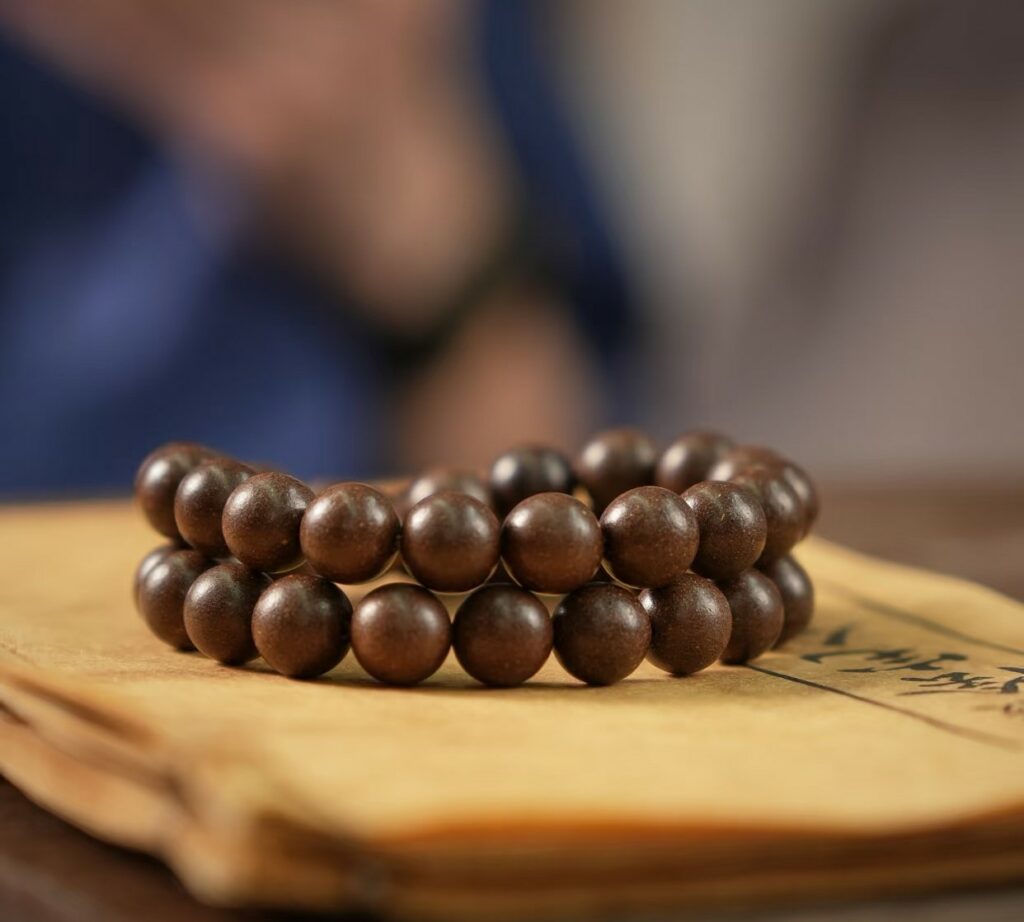
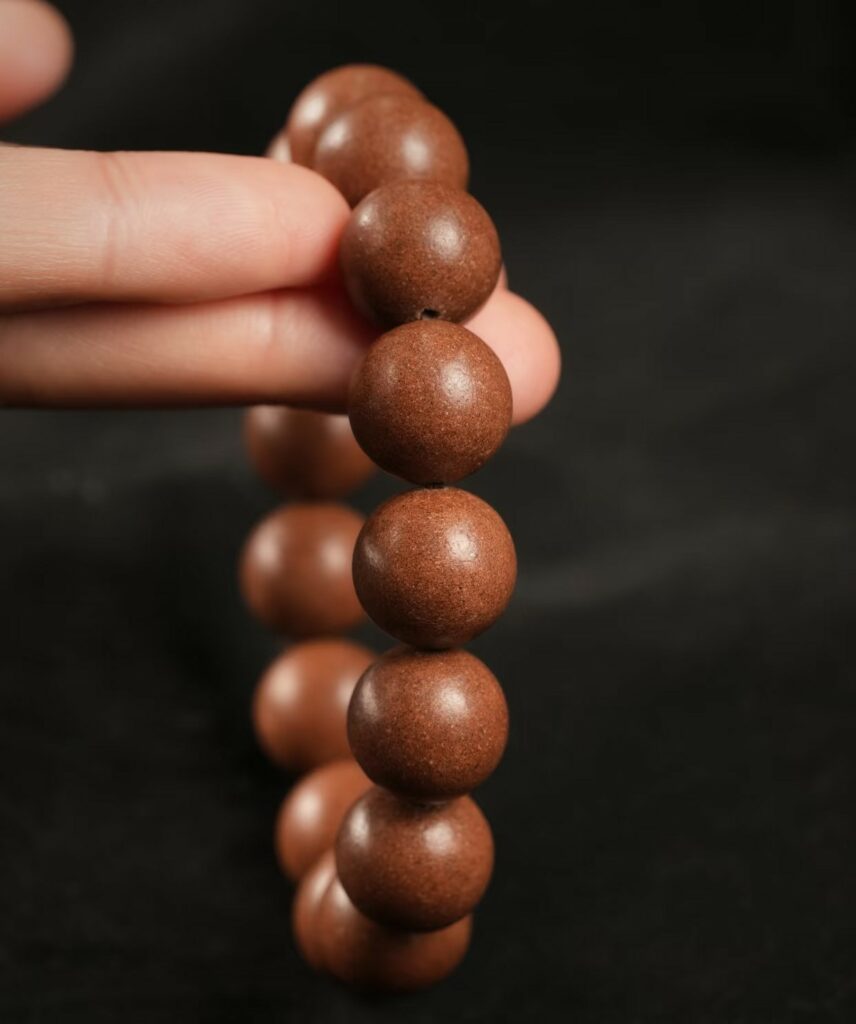
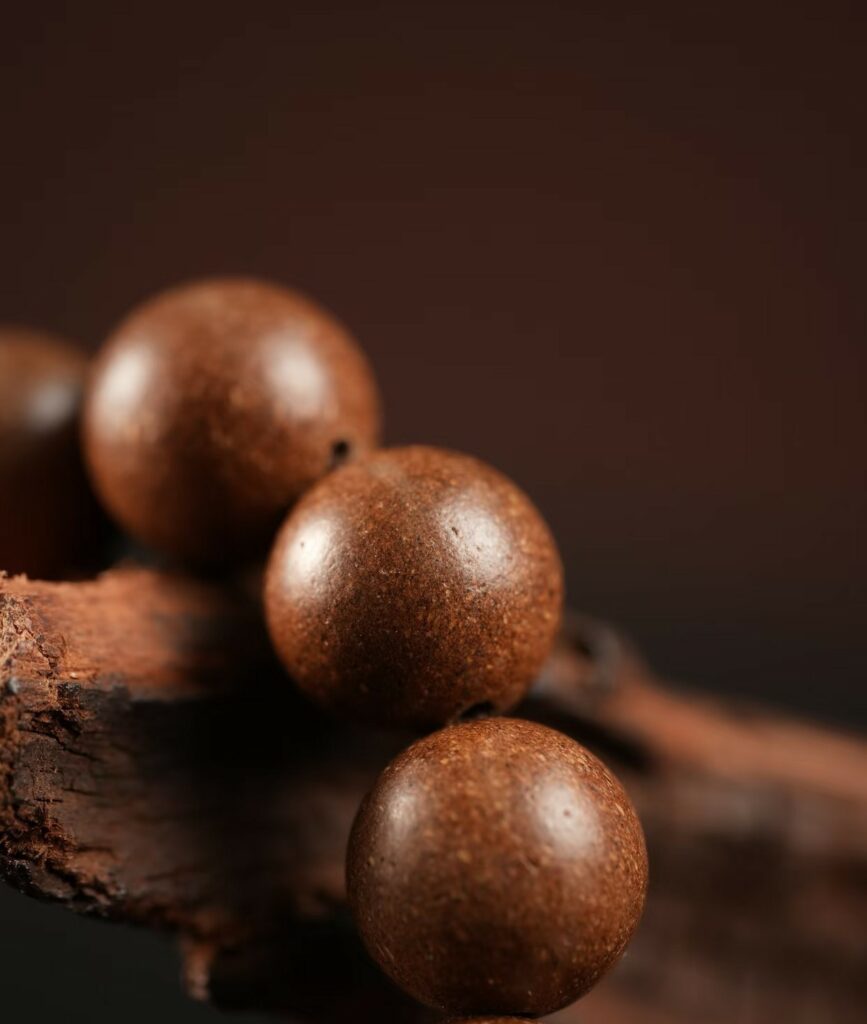
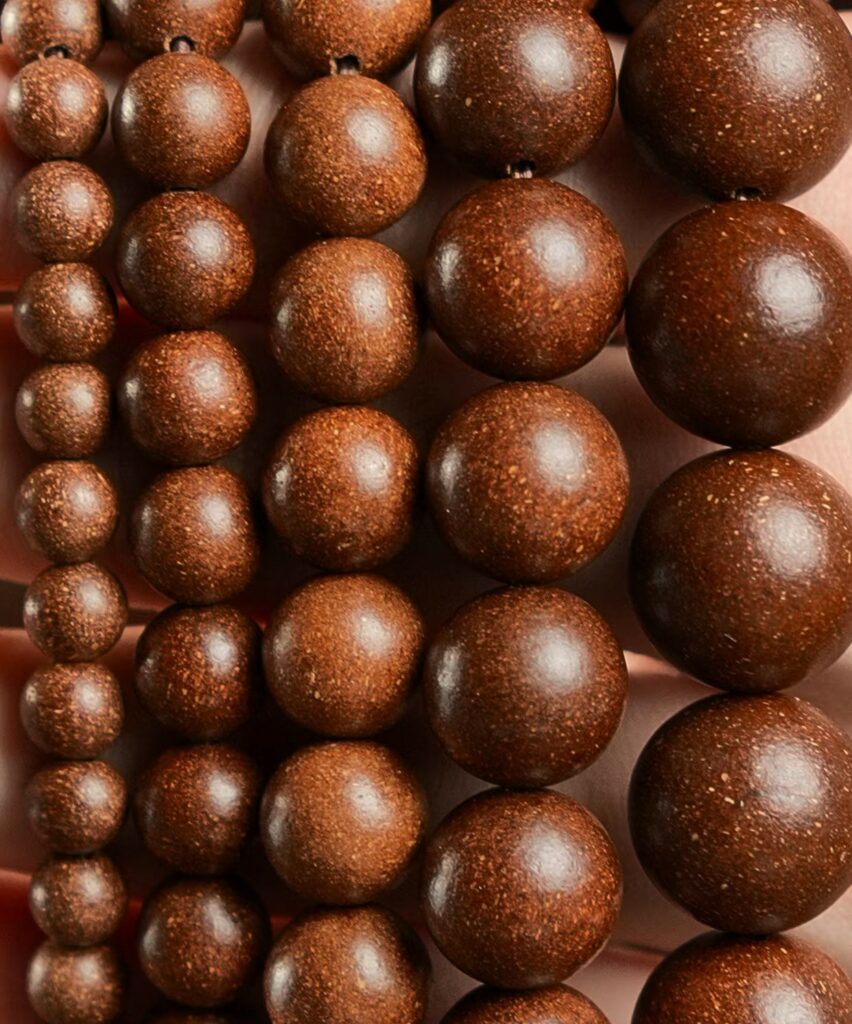
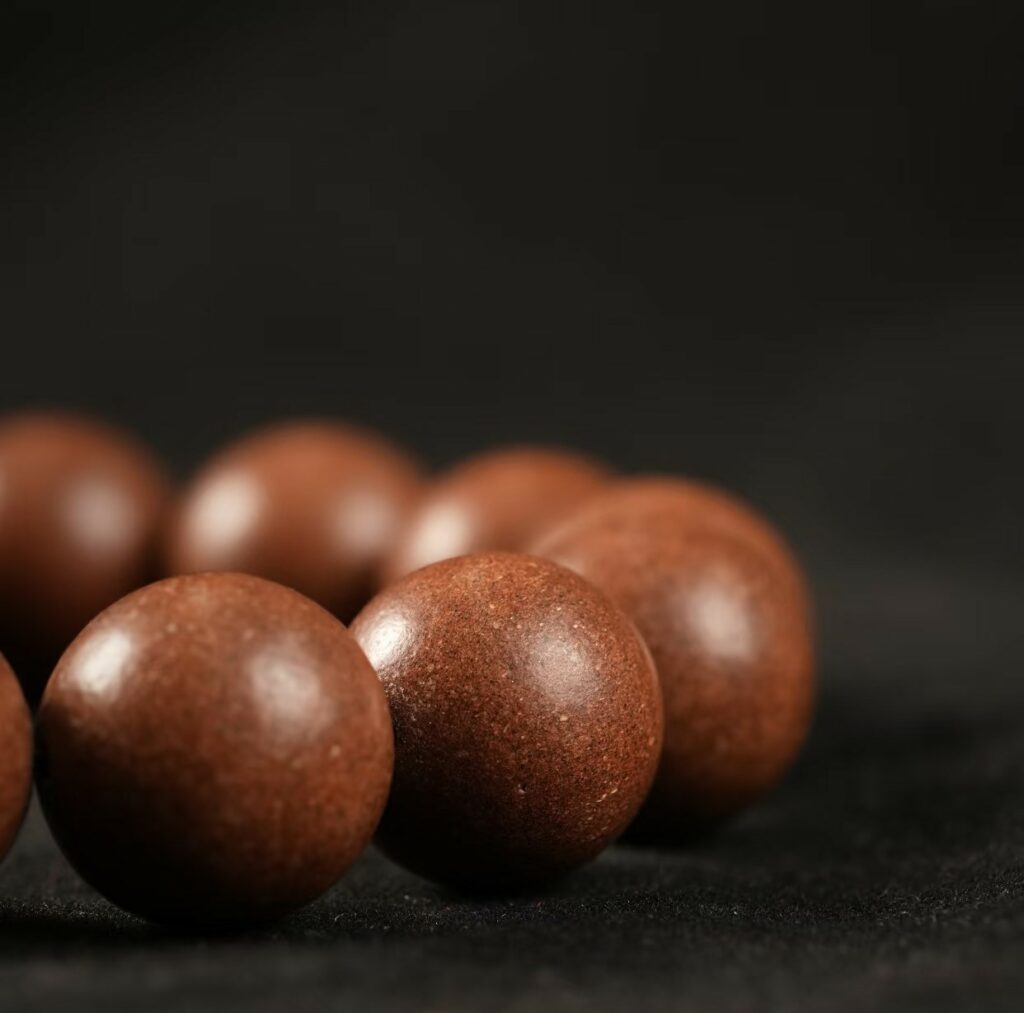
Luxury Scented Incense
Goose Pear Bedchamber Incense
Goose Pear Bedchamber Incense transcends perfume—it is olfactory poetry. Where Su Shi’s Yamen Incense focused on scholarly clarity, Li Yu’s creation celebrated sensory indulgence. Its genius lies not in grandeur, but in subtlety: a scent that “hangs in the air like silk gauze,” transforming the bedchamber into a realm where wood, fruit, and moonlight whisper secrets of a civilization’s golden age. To smell it is to touch the Song Dynasty’s dream of beauty – ephemeral, exquisite, and eternally human.
“A single pearl of incense, a thousand autumns in a night.”
— Fragment from a Song Dynasty verse on bedchamber incense.
The aroma profile is described as:
- Initial bright sweetness, reminiscent of pear juice.
- Mid-layer mellowness from agarwood’s honeyed resin.
- Subtle creamy base notes of sandalwood.
Altogether, it produces calm focus, emotional release, and gentle relief of anxiety—well in line with the traditional idea that fragrance “nourishes the spirit.”
Usage scenarios:
After a tiring day, light E Li Zhang Zhong Xiang at home. Warm sandalwood and agarwood blend with sweet, gentle fruit fragrance – sweet but not cloying, with cooling finish notes perfect for summer.
Light before sleep for lingering fragrance that brings pleasure and tranquility, helping reduce daily work stress and restlessness.
Burning incense is a ritual, blocking out daytime noise; also a catalyst, combining with night’s medicine for peaceful dreams.
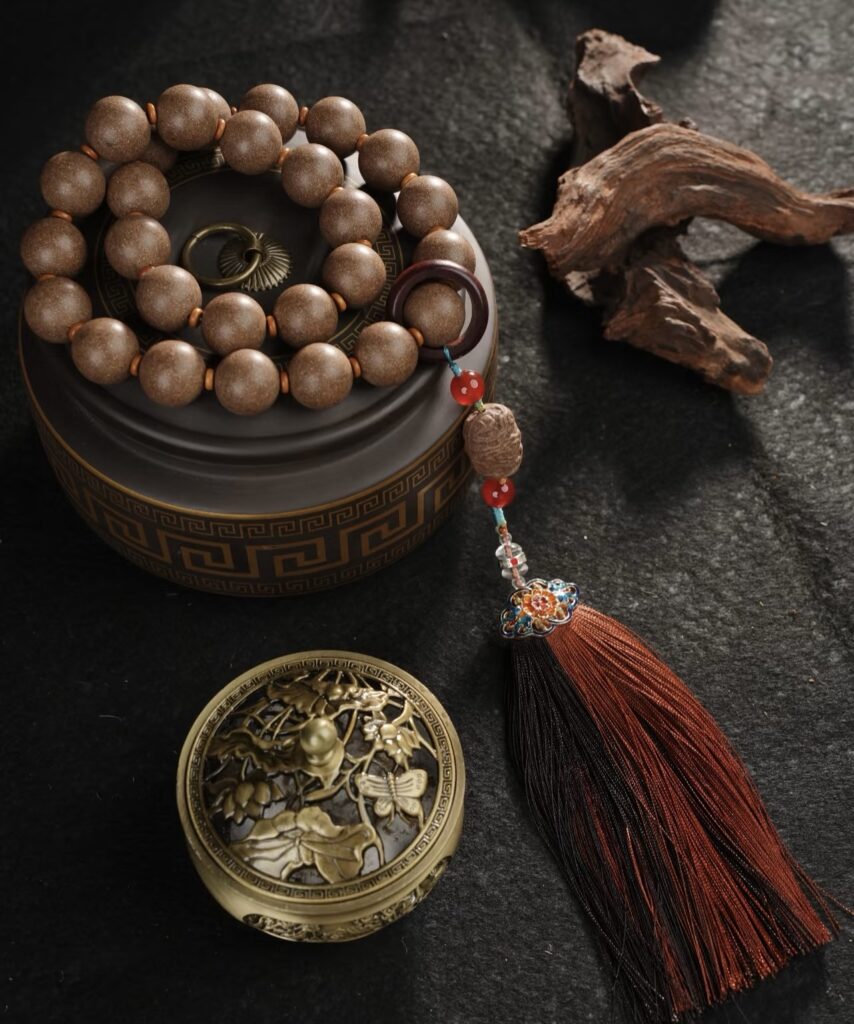
Chinese Scented Incense Culture
In the old world of scholars and monks, incense was never a luxury—it was a necessity. The ancients understood something we often forget: fragrance travels straight to the heart. Unlike words, unlike reason, scent slips beneath the surface, binding memory, stirring spirit, releasing tension.
Think of sandalwood. Its warmth doesn’t argue with you, it doesn’t demand. It simply grounds you, whispering: stay, breathe, do not drift away. Think of agarwood: deep, mysterious, with a gravity that pulls wandering thoughts back to center. Lotus petals soften anger into tenderness. Cinnamon ignites energy. Each scent speaks a different emotional language, and when blended into Scented Incense Beads, those voices become a chorus.
CONTACT US
Blended incense has always carried meaning beyond fragrance. In temples, it rises as an offering to the divine; in homes, it creates atmosphere for meditation, poetry, or study. Scholars of the past described incense as a companion to tea, painting, and music—a medium that refines the mind and connects human life with the rhythms of nature.
Philosophically, incense symbolizes impermanence. The smoke curls upward and disappears, reminding us of life’s fleeting beauty. Yet its lingering fragrance remains, echoing memory and spirit.

